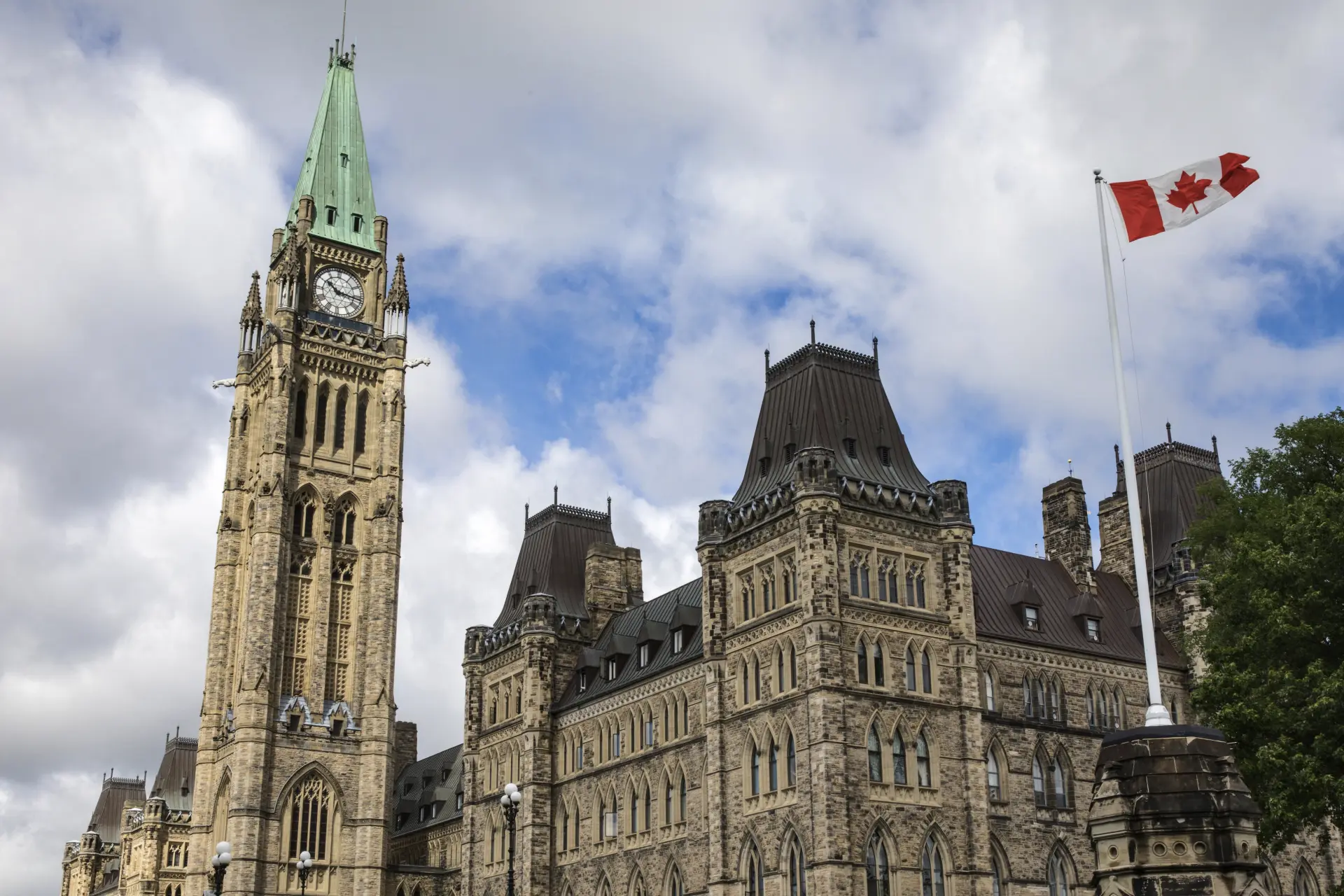Canada Day 150 Brings (Mostly) Free Trade Within Canada

It is quintessentially Canadian that beer and margarine have been the driving forces behind internal free trade in Canada. On July 1, the Canadian Free Trade Agreement (CFTA) – the latest attempt to establish an “open, efficient and stable domestic market” – came into effect. CFTA has economy-wide impacts well beyond beer and margarine (although beer – and alcohol generally – remains unresolved, more below). Depending on your business, CFTA could be very good news for you. But, barrier-free trade in Canada is still some way away, as the CFTA still contains provisions that can allow inter-provincial regulatory barriers to remain.
What is the CFTA?
The CFTA is an internal free trade agreement signed by the federal government, as well as all provinces and territories. The CFTA replaces the Agreement on Internal Trade (AIT – which was passed in 1995 and updated a number of times since).
Key elements of the CFTA:
- Creates a process for reconciling divergent or duplicate regulations
- Covers nearly the entire economy
- Creates more government procurement opportunities for Canadian companies
- Responds to technological changes since the AIT
The AIT had 11 sector-specific chapters, covering things like government procurement, investment and agricultural goods. But it was a “positive list” approach – if something wasn’t explicitly liberalized through the AIT, it wasn’t liberalized. The result was a still-very-fragmented Canadian internal market with lots of regulatory barriers remaining in place, even on those goods (and particularly services) that were supposedly in sectors covered in the agreement.
By contrast, the CFTA now covers the entire economy, taking a “negative list” approach to internal Canadian trade liberalization. This means that unless a province has explicitly exempted a particular sector, good or service, then the default is full liberalization.
But there’s a catch: the CFTA contains about 100 pages of exemptions (see Part IV of the agreement). The good news: the stated goal is to reduce and eliminate exemptions over time. So, if your business is subject to one of these exemptions, that barrier will at least now be transparent. And being listed as an exemption should create added momentum for governments to change policy toward greater liberalization.
But this time, it’s different…
Beyond the “negative list” approach to liberalization, CFTA also introduces other measures to reduce regulatory barriers and red tape. These include:
- A regulatory reconciliation process to help address barriers to trade that companies may experience when doing business across provincial or territorial borders;
- Improved dispute resolution process: making it easier for companies to bring a dispute if a government is not living up to its commitments, ensuring the dispute is heard in a more timely manner and doubling the potential fines if governments can’t justify the offending regulations;
- Dramatically improved access to government procurement contracts for Canadian, but out-of-province-or-territory, vendors through an online portal (see more below); and
- Improved ability of regulated professionals like engineers and architects to compete for government contracts and work in different jurisdictions across Canada
The 2009 provisions on labour mobility and environmental protection clauses will continue as before, having been incorporated into the CFTA.
In many ways, the improved government procurement access is seen as one of CFTA’s major advantages. A stated goal of concluding the agreement is to ensure that Canadian companies, wherever they are located, will enjoy at least as good access to government procurement contracts as foreign companies have under Canada’s free trade agreements. In addition, the government procurement process will be moving online – through a single electronic portal – rather than the paper-based process that currently dominates. This paper-based system favoured larger businesses capable of committing the time and resources to complete the bid packages. By moving the procurement process into the digital age, there is an expectation that small to mid-sized Canadian companies will have a reduced burden as well as increased access when competing for government contracts. In addition, procurement rules are being opened up in the energy sector (for the first time), opening access to an estimated $4.7 billion annually in new procurement opportunities.
However, the CFTA also contains the means to create red tape and regulatory barriers. Although there is a regulatory reconciliation process to harmonize standards and regulations across the country in specific areas, any province may choose to opt-out of this reconciliation. Consider it a regulatory notwithstanding clause.
CFTA and CETA
Under the Canada-European Union (EU) Comprehensive Economic and Trade Agreement (CETA), all Canadian government contracts across the country will be accessible to European Union (EU) companies via an online portal. This portal was seen a major victory for the EU in the trade negotiations and EU companies are the only non-Canadian firms granted such access.
As a result of this portal under CETA and previously existing government procurement processes in Canada, out-of-province Canadian companies would have been at a disadvantage to in-province, as well as EU, bidders. The commitment to an online portal in the CFTA means that Canadian companies, whether small, medium or large and whether in-province or out-province, should be on an equal footing and have at least equal access to Canada-wide tenders for government contracts.
Still to come
As indicated, not everything was resolved in the Canadian Free Trade Agreement. Specifically, four working groups were created to address outstanding issues. These working groups cover:
- Liberalizing rules on alcohol distribution and sales (to report back within a year);
- Financial services (to report back within six months, while work toward a national securities regulatory will still be overseen by individual finance ministers);
- Boosting trade in the fish sector; and
- Options for developing the food sector in the territories (to report back within 6-12 months).
More information on these four issues should be forthcoming by the end of the year or early in 2018.
What Does It Mean?
On a national level, the CFTA could be a significant economic driver. Estimates suggest internal trade is worth $385 billion annually, or roughly 20% of Canada’s GDP. Removing existing barriers to internal trade is expected to result in this number growing significantly. The Bank of Canada estimates removing inter-provincial trade barriers could add up to 0.2% annually to Canada’s GDP – equivalent to the economic benefit expected from the free trade agreement with the EU.
For a specific company, it means:
- The potential to have regulatory barriers to inter-provincial trade removed;
- Expanded opportunities to participate in government procurement competitions; and
- Transparency for any remaining barriers to internal free trade.
Overall, the CFTA is a big step forward for Canadian business, albeit with some key items left out. The team at Sussex would be happy to help you navigate this new agreement and its regulatory structure.


